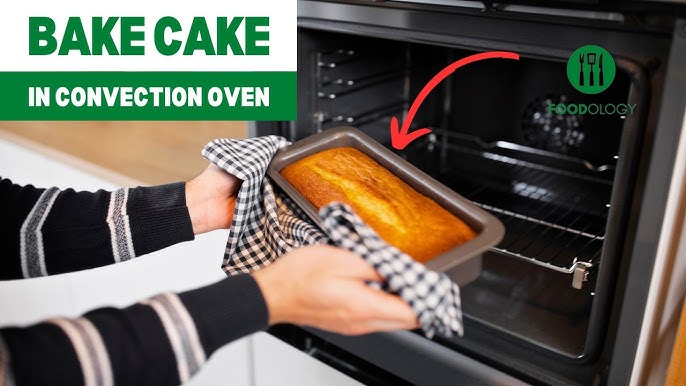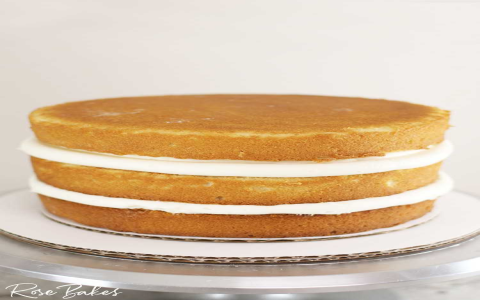Alright, so today I wanted to try something I’ve seen all over the internet – baking a cake in my convection oven. I mean, I’ve used it for plenty of things, like roasting veggies and heating up frozen pizzas, but baking a cake? That’s a whole new ball game. First off, I dusted off my old convection oven. I gotta admit, it’s been a while since I gave it a good cleaning, so I spent a good chunk of my morning scrubbing it down.
Once that was out of the way, I started gathering all the stuff I needed. I grabbed my favorite cake recipe – a classic vanilla, because who doesn’t love a good vanilla cake, right? I laid out all the ingredients on my kitchen counter: flour, sugar, eggs, butter, milk, vanilla extract, and of course, baking powder. It’s like a little ritual for me, making sure I have everything within reach. It just makes the whole process smoother, you know? I preheated my convection oven, setting it 25 degrees lower than what I would for a regular oven. That’s what I read you’re supposed to do.

Mixing the batter was the next big step. I creamed together the butter and sugar until it was all light and fluffy. Then, I beat in the eggs one at a time. It’s kind of therapeutic, watching the ingredients come together like that. Next, I gradually added the dry ingredients to the wet mixture, alternating with the milk, and finished it off with a splash of vanilla extract. By this point, the batter was looking pretty good – smooth and creamy, just the way it should be.
I poured the batter into a greased and floured cake pan and popped it into the oven. Now, here’s where things got a bit tricky. Since convection ovens cook faster, I knew I had to keep a close eye on the cake. I checked it after about 20 minutes, and it was already starting to brown. I reduced the total bake time by around 10 percent, just like the instructions said.
- Cleaned the oven thoroughly.
- Gathered all the ingredients for a vanilla cake.
- Preheated the convection oven, setting the temperature 25 degrees lower.
- Mixed the batter, creaming butter and sugar, adding eggs, and then dry ingredients.
- Poured the batter into a cake pan.
- Baked the cake, reducing the bake time by about 10 percent.
Here’s a simple breakdown of what I did:
After another 10 minutes or so, I did the toothpick test, and it came out clean. The cake was done! I took it out of the oven and let it cool in the pan for a bit before inverting it onto a wire rack. The result? A perfectly golden-brown cake that was evenly cooked all the way through. It looked (and smelled) amazing, if I do say so myself. I let the cake cool completely, and then I frosted it with some homemade buttercream frosting. Because what’s a cake without frosting, am I right?
All in all, it was a pretty successful experiment. I was a bit nervous at first, but it turned out great. I guess those tips about adjusting the temperature and time really do make a difference. Now that I’ve got this down, I’m excited to try out more recipes in my convection oven. Maybe a chocolate cake next time? Or even some cookies? The possibilities are endless!













